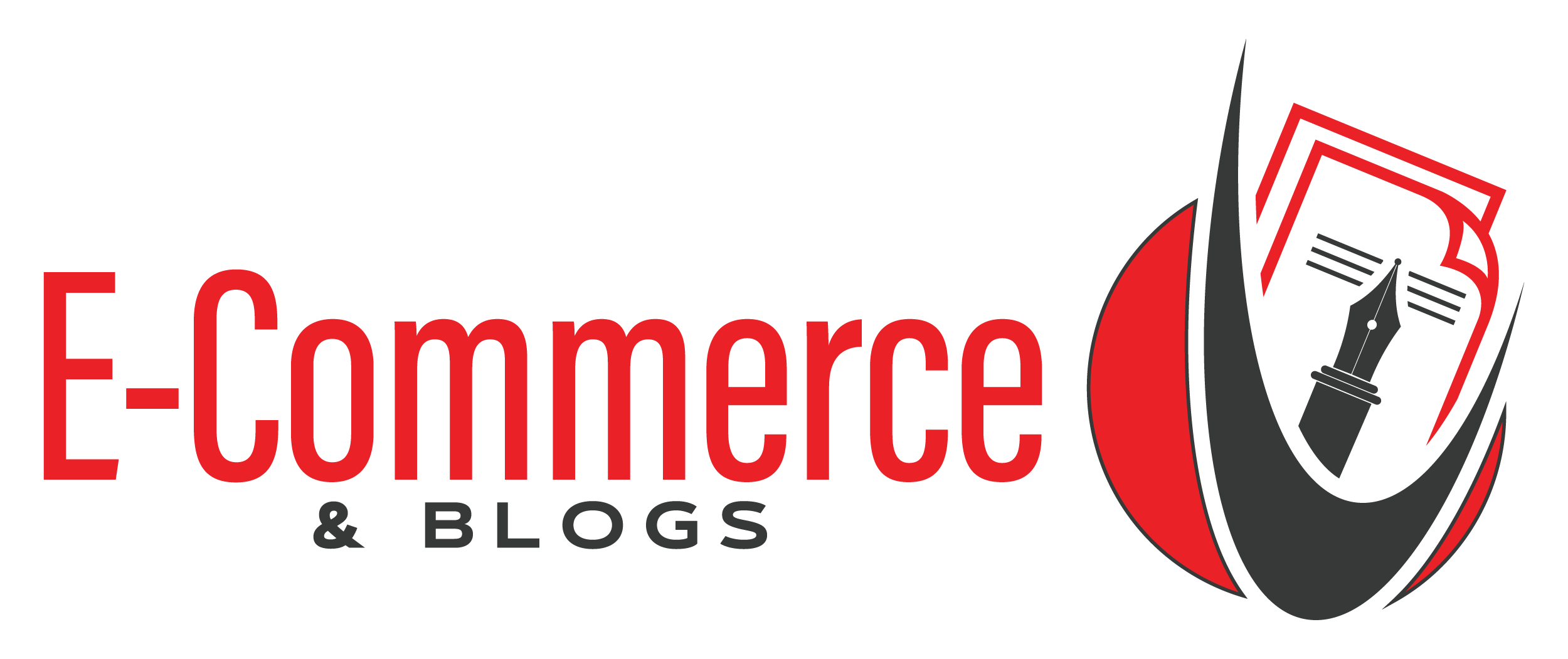Crafting product descriptions that resonate with customers requires more than just listing features. To truly engage your audience and drive sales, you need a strategy that blends creativity, empathy, and clarity. Here’s a new perspective on writing product descriptions that captivate and convert.
1. Start with a Story
Instead of diving straight into product specs, begin with a story. Narratives can help customers visualize how the product fits into their lives. For example, if you’re selling a kitchen gadget, start with a scene of a family enjoying a meal made easier by your product. This approach not only grabs attention but also makes your description more memorable.
2. Imagine the Customer’s Day
Put yourself in the shoes of your ideal customer. What challenges do they face, and how can your product help solve them? By understanding their daily routines and pain points, you can write descriptions that address their specific needs and highlight how your product can improve their life.
3. Create a Visual Experience
Words alone might not always convey the full impact of your product. Use descriptive language to create a vivid picture. Instead of saying “Our yoga mat is comfortable,” say “Experience the plush, supportive feel of our yoga mat that cushions every pose, helping you find balance and serenity.”
4. Use Conversational Language
A conversational tone can make your product description feel more personal and engaging. Imagine you’re having a one-on-one chat with a friend about this amazing product. Use informal, friendly language to create a sense of connection and trust.
5. Showcase Unique Selling Points
Highlight what makes your product stand out. Is it eco-friendly, handmade, or feature-rich? Make sure to emphasize these unique selling points that differentiate your product from competitors. For example, “Handcrafted by local artisans, this necklace not only adorns your neck but supports sustainable fashion.”
6. Incorporate Customer Voices
Let your customers speak for you. Include snippets from reviews or testimonials that capture their positive experiences. For example, “As Jane from Texas says, ‘This vacuum is a game-changer for busy households. It’s powerful and easy to use!’”
7. Emphasize Outcomes Over Features
Focus on the results your customers will experience. Instead of listing technical features, describe how these features translate into benefits. For instance, instead of saying “This camera has a 20-megapixel sensor,” say “Capture stunning, high-resolution photos with every shot, turning your memories into works of art.”
8. Engage the Senses
Appeal to your readers’ senses by describing how the product looks, feels, sounds, or smells. This sensory approach helps customers imagine the product in their hands and can make your description more compelling. For example, “Feel the smooth, velvety texture of our premium leather wallet.”
9. Incorporate Calls to Action
Guide your customers toward taking action with clear, compelling calls to action. Phrases like “Get yours today,” “Discover the difference,” or “Join thousands of satisfied customers” can encourage readers to make a purchase.
10. Refine and Review
A great product description is a result of continuous refinement. After writing your initial draft, review it for clarity, impact, and engagement. Ask yourself if it effectively communicates the product’s value and resonates with your target audience. Don’t hesitate to tweak and improve until it feels just right.
Conclusion:
Writing compelling product descriptions is about more than just listing features—it’s about telling a story, understanding your customer, and creating a sensory experience. By adopting a fresh approach that emphasizes empathy, creativity, and clarity, you can craft descriptions that captivate your audience and drive sales.




